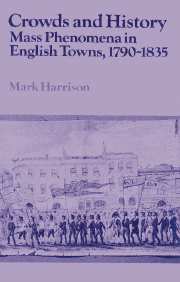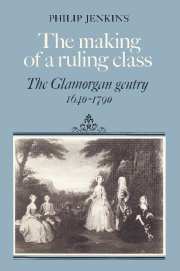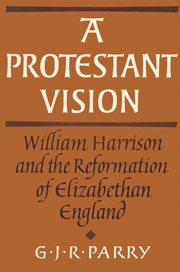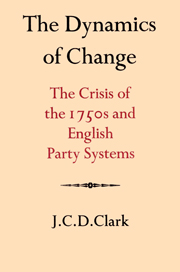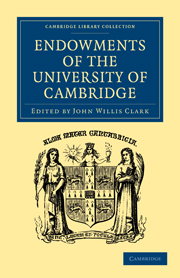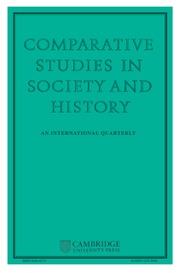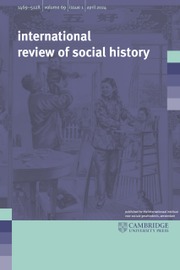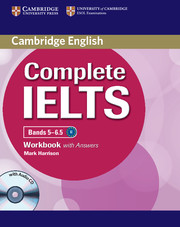Crowds and History
In the late eighteenth and early nineteenth centuries, urbanisation 'revolutionised' English society as much as industrialisation. Central to this urbanising process, and the civic culture it inspired, was the bringing together of people in large numbers - to celebrate, commemorate, vilify or validate. Contemporary observers found the power and potential of urban crowds both awesome and alarming. They witnessed the capacity of the masses to confer honour and prestige upon a proud city elite or, by turning hostile, to bring civic ruin. Yet this ambivalent relationship between the individual and the crowd, which resonates through not only the nineteenth century but all human history, has remained generally ignored by historians. They have regarded crowds almost exclusively as a riotous, disruptive and protesting force. This book, which is the first systematic historical study of mass phenomena, challenges such preconceptions and re-defines the place of the crowd in history.
Product details
June 2002Paperback
9780521520133
380 pages
217 × 139 × 26 mm
0.532kg
Available
Table of Contents
- List of illustrations
- List of figures, maps and tables
- Preface
- Acknowledgements
- List of abbreviations
- Part I. Theory and Method:
- 1. The crowd and history: problems of historiography
- 2. The crowd in history: problems of definition and method
- Part II. Patterns, Procedures and Power:
- 3. Introduction: the ordering of the urban environment
- 4. Contexts for crowds in four towns: Bristol, Liverpool, Norwich and Manchester
- 5. Time, work and the occurrence of crowds
- 6. Symbolism, ritual and the location of crowds
- 7. Masses and masses: the language of crowd description
- Part III. Cases, Causes and Contingencies:
- 8. Introduction: corporate bodies
- 9. Meetings and elections
- 10. Celebration and ceremonial
- 11. Riot and revolt
- 12. Conclusion
- Bibliography
- Index.

